Did you know that there’s a scientific explanation for the happiness people feel when they interact with nature?
That’s right! It’s known as Biophilia, and it explains why humans feel inexplicably drawn to other living things. It’s no surprise then, that using natural resources in the classroom makes students happier and more engaged in their lessons.
Not only is it good for you, but nature also provides endless opportunities for creativity, discovery, and problem-solving. Learning methods, such as Montessori, incorporate nature into the classroom whenever they can! But, you don’t need to belong to one of these special schools to enjoy using nature in your classroom!
Incorporating lessons about environments and plant life cycles is a great way to introduce nature into your lessons. However, that’s just the tip of the iceberg!
If you’re looking for even more ways to use natural resources in your classroom, we’ve pulled together some fresh and creative ideas, just for you!
Using Natural Resources in the Classroom
Natural objects can be just as useful in the classroom as store-bought resources. Not only are they cheaper, but they have the added benefit of being completely renewable resources. Once they start to break down, simply return them to where they came from to nourish the earth, or put them in the compost bin!
You can collect your own before your lessons, or encourage your class to collect what they need for themselves.
But remember, be mindful of nurturing the environment. It is better to collect items off the ground, than to pull them off a plant. Using natural objects in the classroom isn’t such a great idea if nature is being damaged in the process.
Things you might like to collect include:
- stones
- bark
- leaves
- twigs
- colorful sand/soil
- flowers
- shells
- pinecones
- tree seeds and pods
Only take what you need, and try to use items for as many different activities as possible! It’s also a great idea to keep track of what you’ve taken, so you can return it when you are done.
Scavenger Hunt
Natural items are so easy to source and even easier to use! To engage your students in these wonderful objects, get them to collect their own. Take them outside the classroom!
Our Nature Scavenger Hunt Grid and Nature Scavenger Hunt Checklist are a great pair of activities that work to catch your students’ attention and bring the natural world into focus.
To keep a memory of things that are still living, why not encourage your students to take a photo instead of taking the item?
Once your students have familiarized themselves with the outdoors, they can begin to look a little deeper. Have them collect a few items from the ground and bring them back to the classroom for the Adjectives All Around – Outdoor Observation Activity.
Literacy Tasks
Using natural resources in the classroom for literacy lessons is as simple as A, B, C!
Natural objects can be used in your literacy lessons for many activities, from sorting and ordering the alphabet, to creating a writing stimulus.
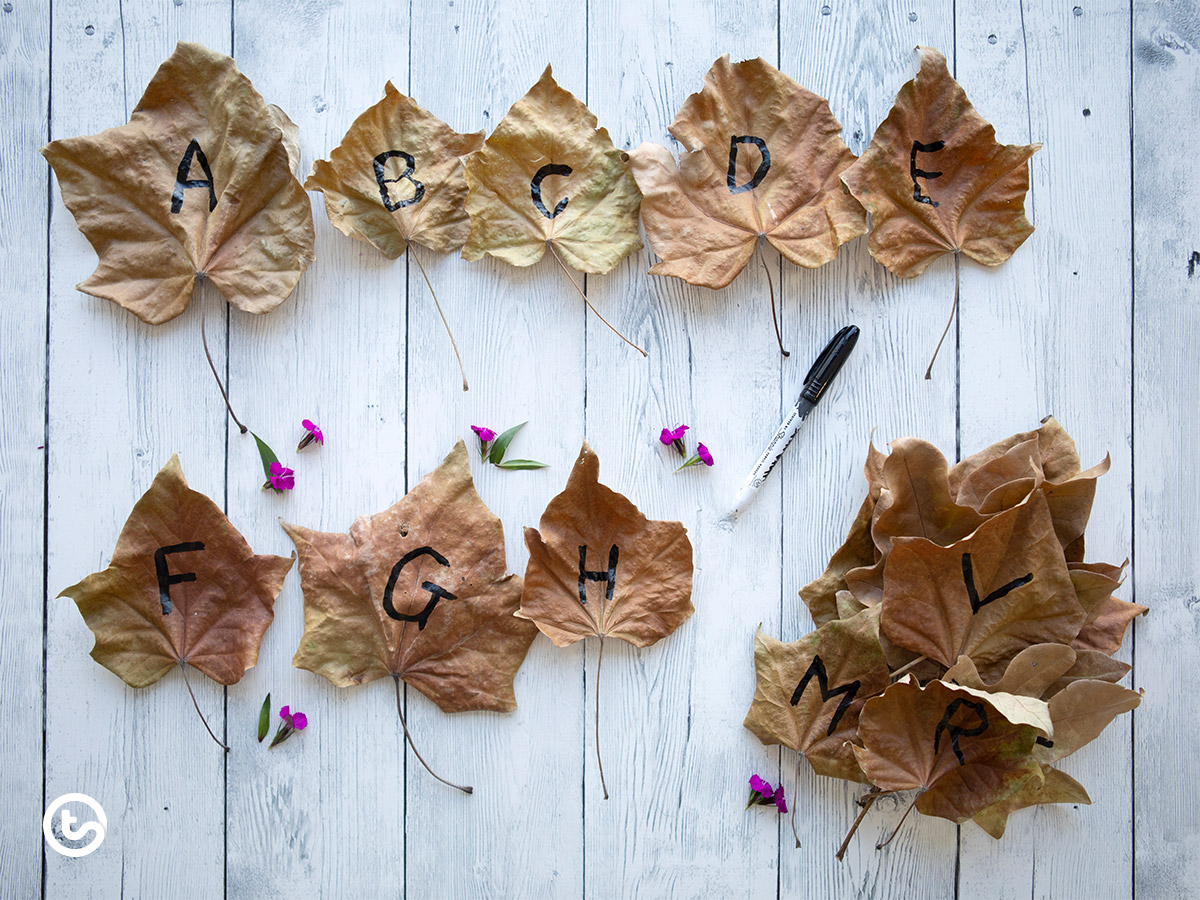
Why not create a character using leaves to prompt narrative story ideas?
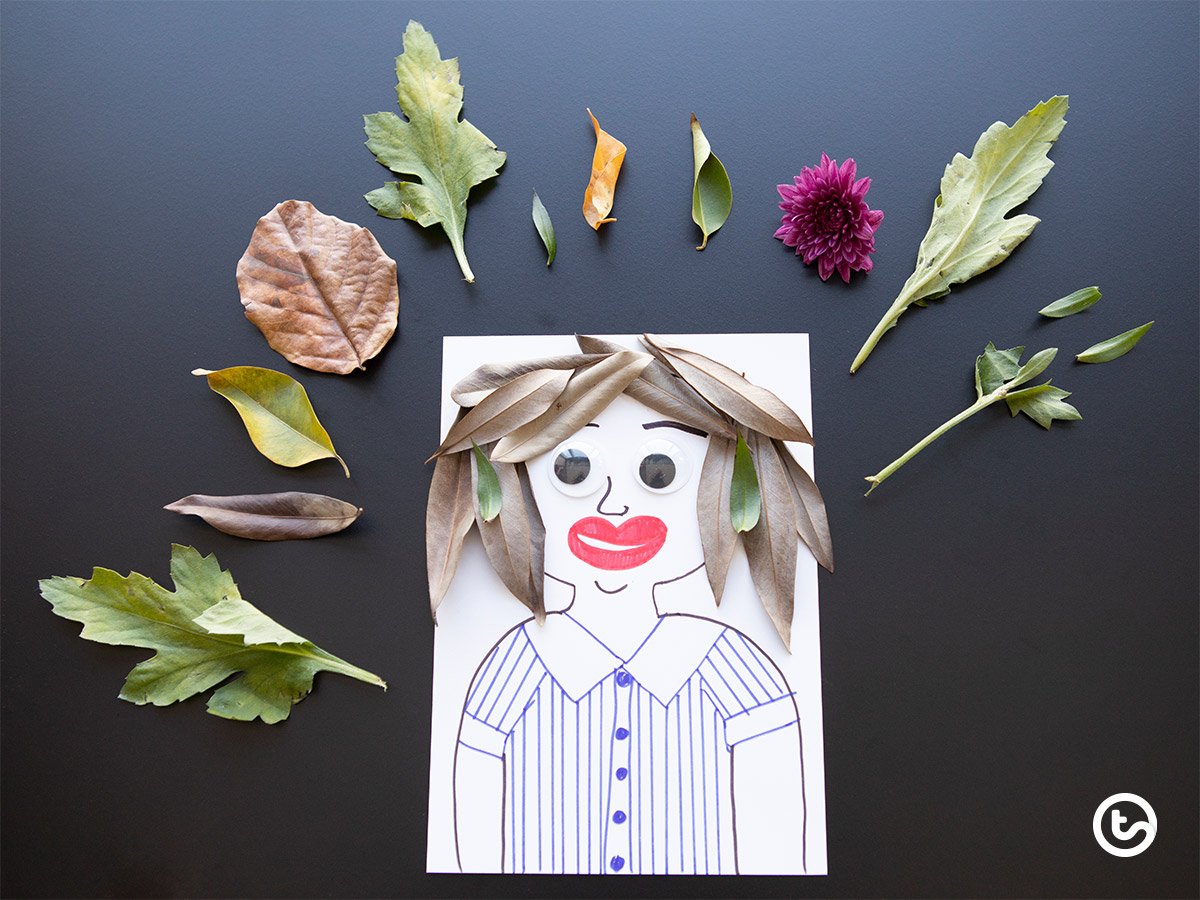
If your students are really creative, they can use leaves, twigs, feathers, and sand to create a whole landscape scene from their story. For inspiration, read books by authors such as Jeannie Baker, who creates her images through collage using elements of natural objects such as onion, feathers, leaves, and painted lichen.
Science
Of course, the best thing about nature is that it teaches us so much Science!
Gather a variety of leaves of all shapes and sizes, and then study our Exploring Plants PowerPoint. Ask your children to study each leaf and brainstorm ideas such as:
- why the leaves have fallen off the tree
- what the purpose of each leaf is
- how the leaves are similar and different
- how other animals in nature might use these leaves.
Comparing and contrasting objects is great for observation skills! Why not compare their texture, color, size, or shape using a Venn Diagram Graphic Organizer?
You may choose to bring plants in pots into your classroom for your students to study! These make a great opportunity for students to broaden their knowledge of plant life cycles, growth, and features.
For more information on why you should have living plants in your classroom, read our blog Plant Power | 5 Benefits of Plants in the Classroom.
Math
It’s really no surprise that natural resources are perfect for math activities. Mathematicians have been using nature to support and inspire their theories since the early days! We don’t have to go that far, however, to enjoy using nature in math lessons.
Using stones as counters or informal measuring with leaves or sticks, for example, are fantastic and easy opportunities to include some natural elements!
Why not sort leaves, nuts, or flower petals into their shapes, lengths, or colors to teach patterns and sorting?
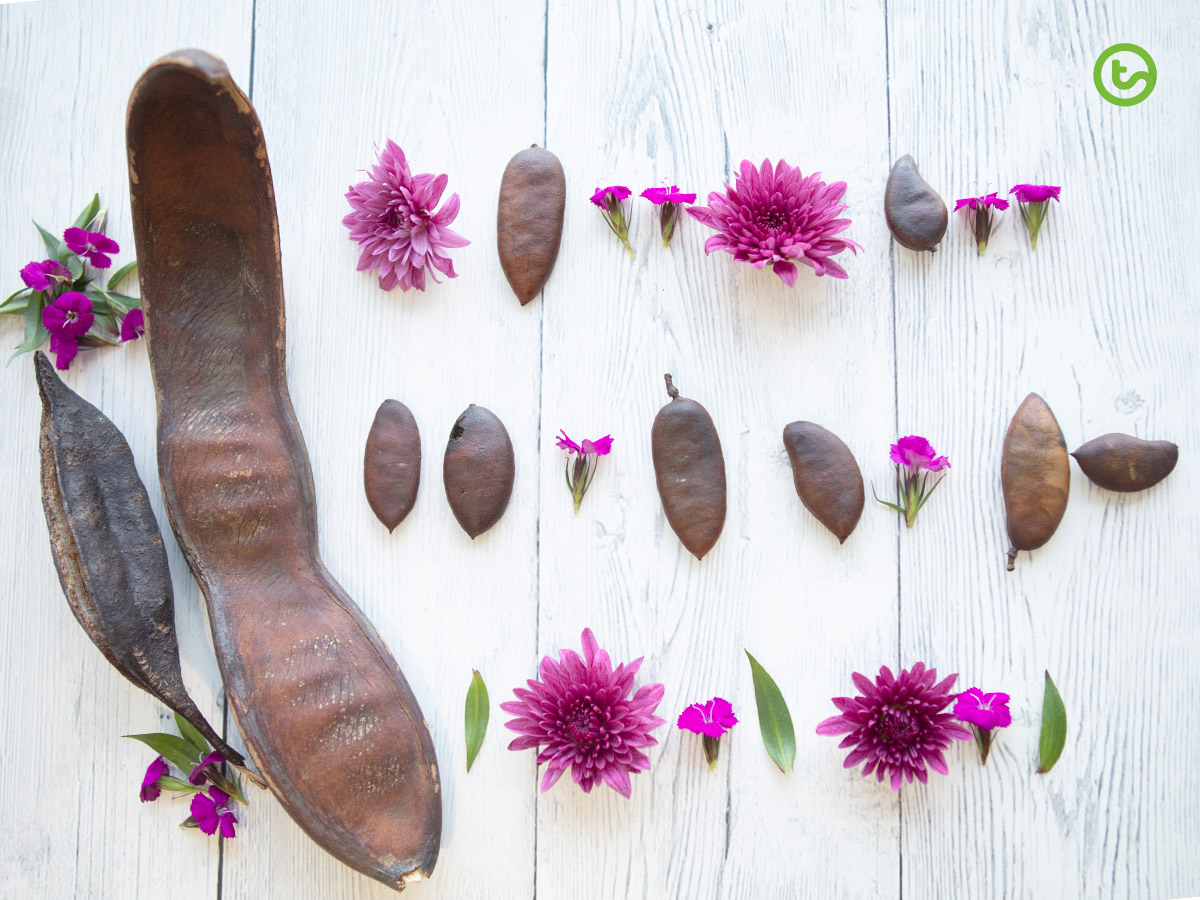
Grab some of our Grid Paper – 1cm and head outside to collect some different sized leaves. Draw a picture graph or bar graph to demonstrate how many of each leaf you found!
Art
There is a beauty in nature that can’t be replicated. And when used in artwork, natural objects bring something extra special to your work.
Don’t believe me? Just take a look at these beautiful leaves. Practice patterns and lines with the leaf as your canvas!
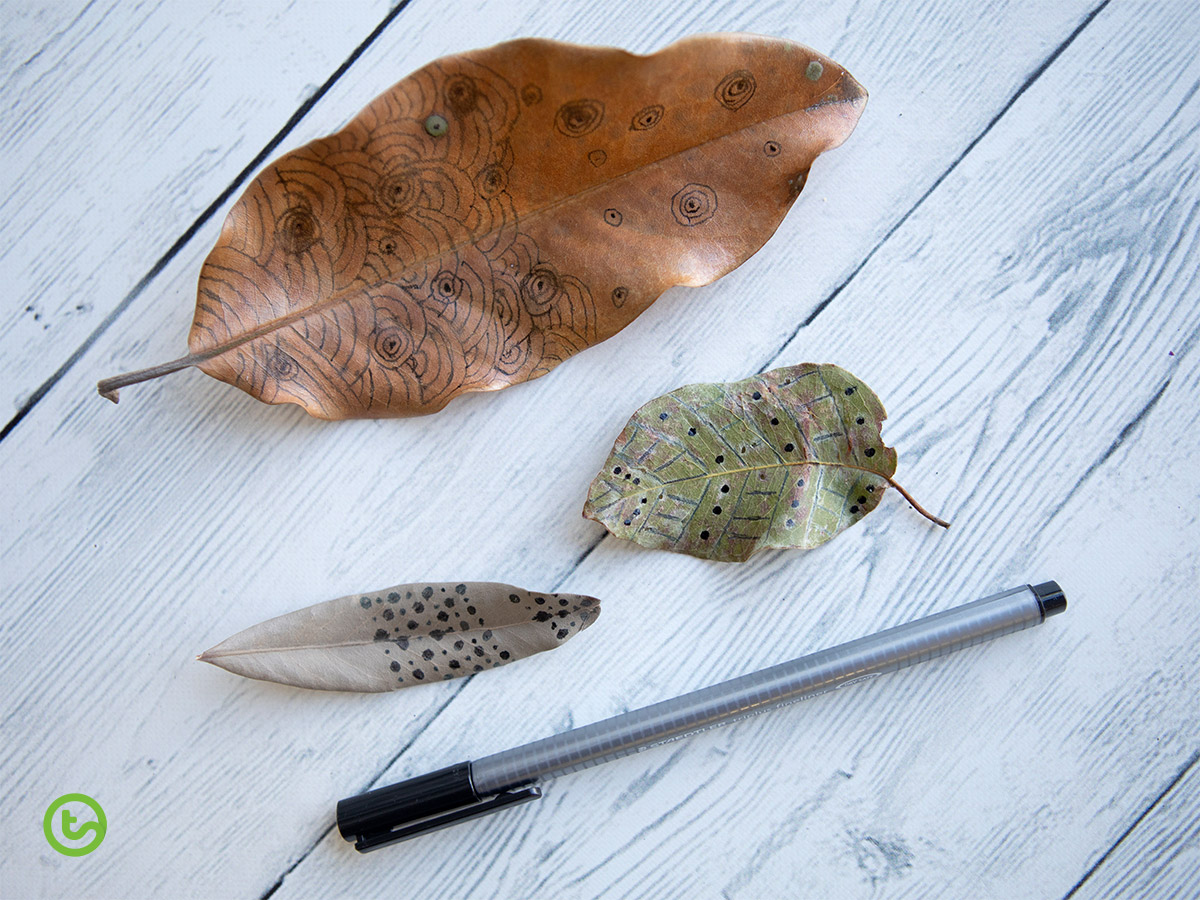
Flower petals can be added to a drawing on paper to produce a 3-D effect, such as this simple mandala artwork! Our Textured Mandala Template can easily be repurposed to guide your students in this activity.
And it doesn’t stop there! Try incorporating natural resources into your lessons any way you can.

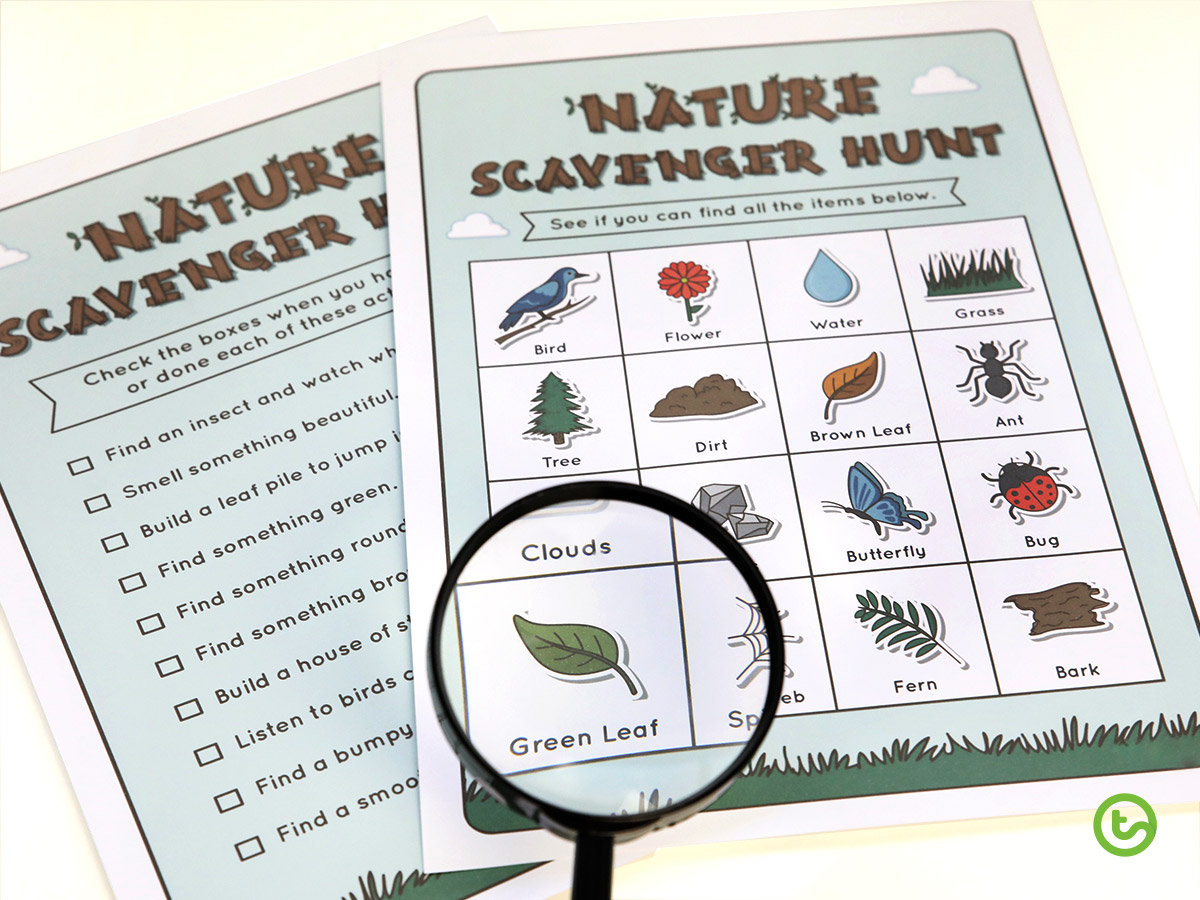
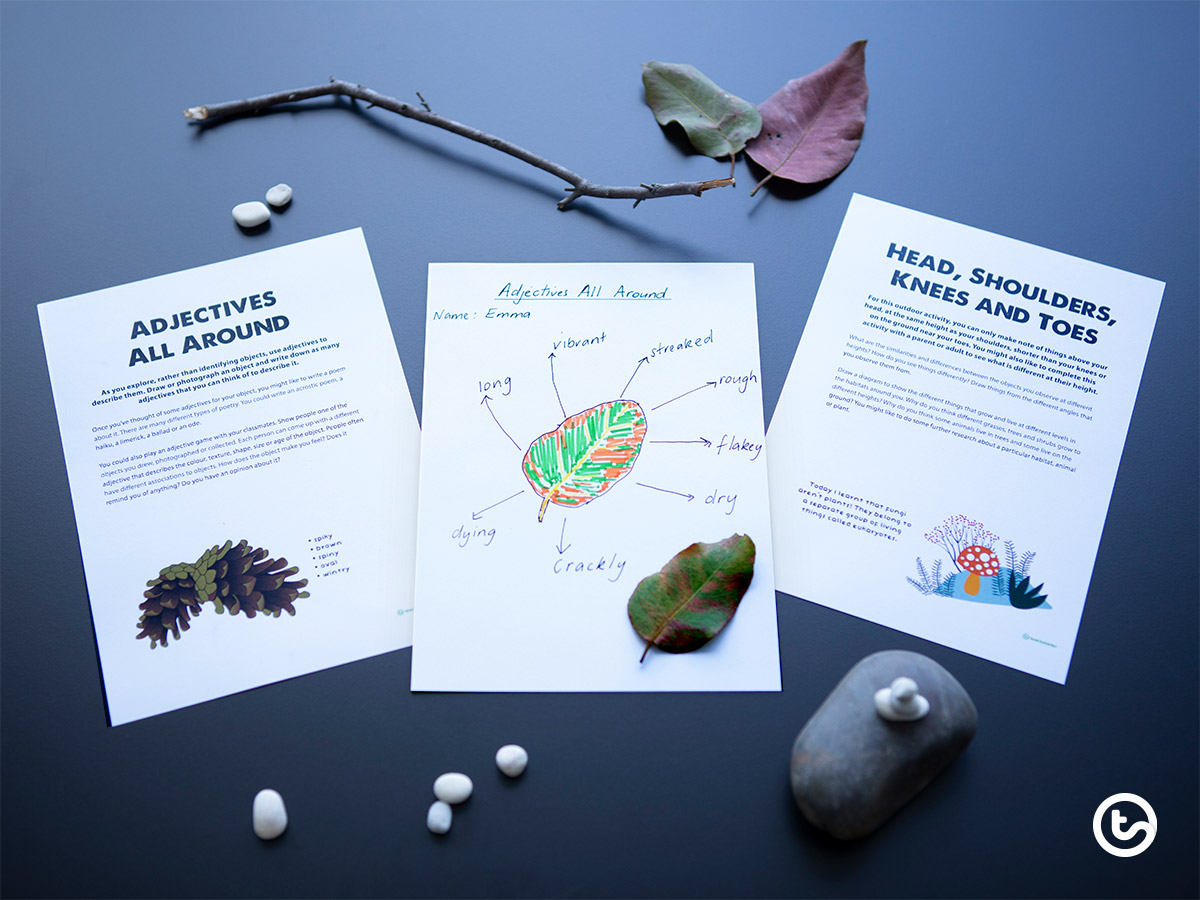

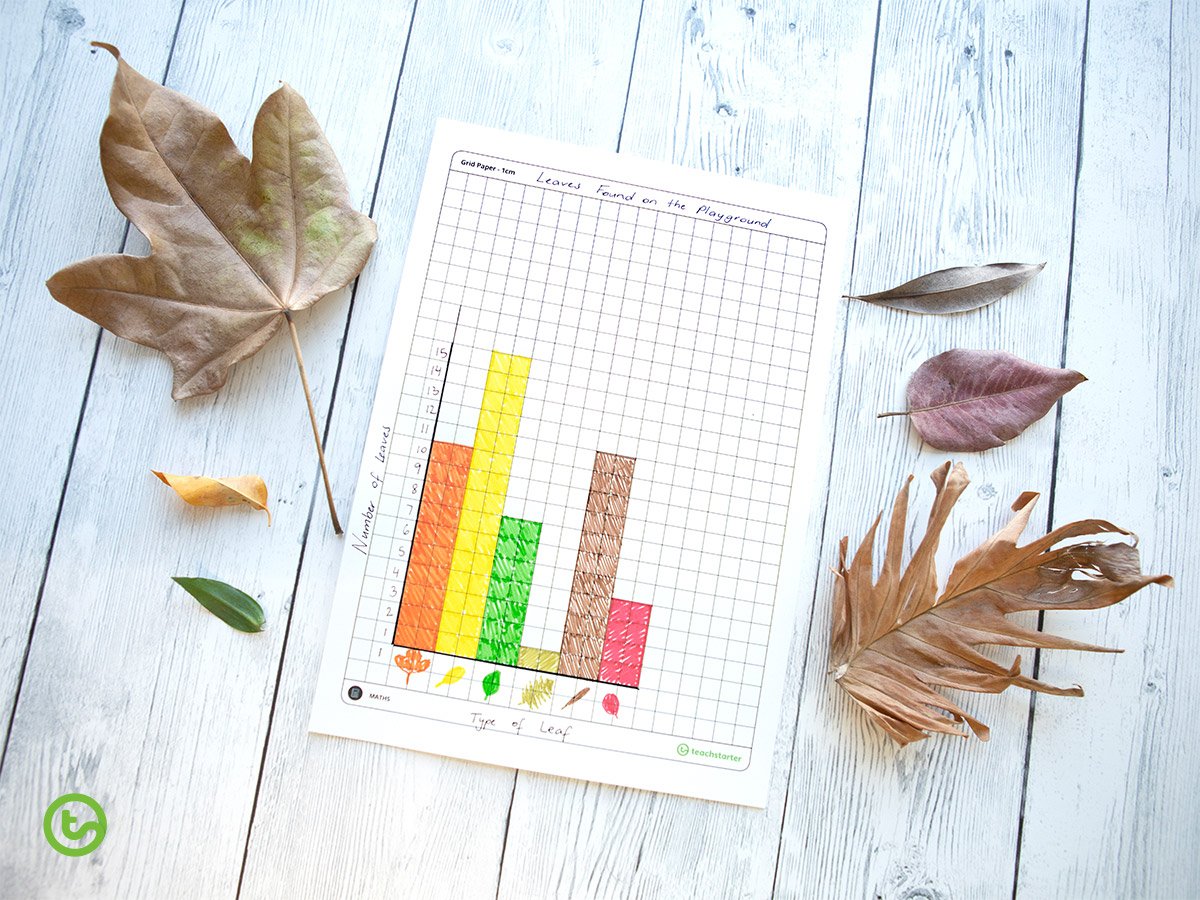
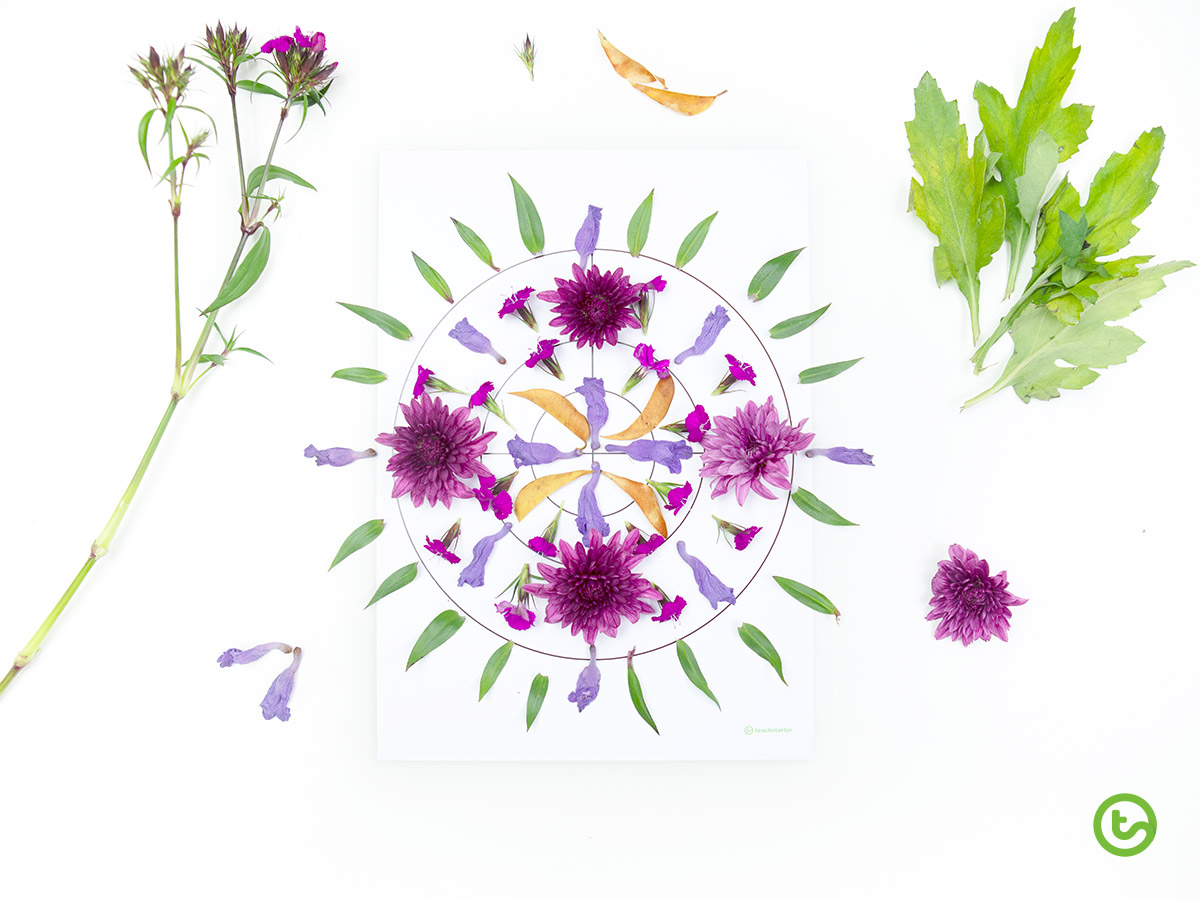






Comments